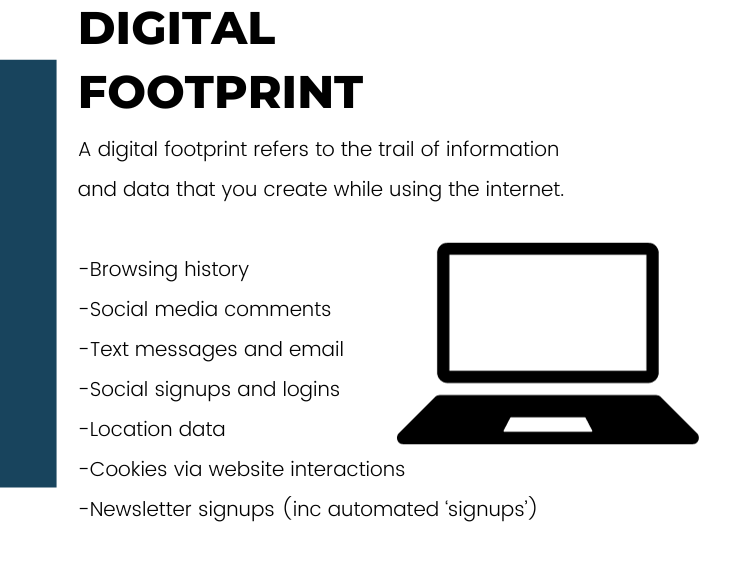How Is Digital Learning Different?
by Terry Heick
Digital learning is different than non-digital learning from the moment an experience starts. That’s not to say it’s better or worse–just different.
1. Constant Connectivity & Access
The reasons here vary depending on the kind of digital learning being framed, but a big part of it starts with the connectivity.
Most digital learning experiences occur on devices connected to the internet. That connection established an instant interdependence with literally billions of web pages, social media streams, videos, images, and not-quite-archives suspended in the digital ether.
That potential is impossible to ignore–not just a distraction, but an elephant in every single university, flipped classroom, and elementary school media lab this side of the Mars rover. Like a library, the internet is smarter than both the students and teachers. The teacher is a comparatively impotent knowledge holder in terms of content.
But it is the “human elements” of the teacher–experience, wisdom, flexible disposition, abstract thinking, and communicative patterns–that make them irreplaceable. In this way, content (which can be digital) and human guidance (which never is) are joined in an awkward kind of forced marriage that is frustrating at times, but magical when it works.
2. The Potential Is (Literally) Visible
Digital learning is also full of visible possibility–of charged and often wayward enthusiasm that compels users to search just one more page, click just one more link, curate just one more media in a way that make books, blocks, and rocks seems clumsy.
In a digital learning realm, students are confronted with not just a single YouTube video, but hundreds of suggested videos in the sidebar, each with a carefully chosen screenshot that invites clicks. Same with social media. Like pinterest, Facebook is becoming dominated by visuals–pictures, infographics, inspiration quotes, and other brief bursts of thought and image-based fragment that is easily digested, “liked,” and shared. This may seem to be an argument against digital learning, but quarantining students away from their environments we intend for them to transfer learning to doesn’t make much sense. We are preparing them for the world, not our classroom.
“Visual pathways” don’t have to mean a literal image or visual either. It can be an app with clever use of push notifications, a link in a blog post, or a browser window full of tabs. Anything that shouts, encourages, or funnels users in a certain pattern or direction is all part of the digital game. And while this “visual possibility” can also be thought of a source of incredible distraction, in the words of Bill Parcells, “it is what it is.”
3. The Processes & Products Are Easily Curated
All of this is not to suggest that digital learning is better.
Technology is just as likely to obscure understanding as it is to uncover it if not properly implemented. Mankind’s greatest thinkers literally altered the course of human history without apps, mobile devices, and 1:1 programs. Non-digital learning rewards patience, curiosity, careful revision of thinking, and perhaps most of all extended periods of pondering.
Digital learning, however, is a raucous beast, capable of dumping a learner–and a learning experience–on their head as soon as they set out to take in information, the huge swells of information and interdependence as much as challenge as the question itself. It is dynamic, fluid, and often unpredictable, though that is more of a similarity with non-digital learning than a difference if we’re being honest.
It’s also different in terms of process. The ability to curate not just finished learning products but the learning process itself–through gamification, social media sharing, and highly-dynamic digital portfolios–makes digital learning something else entirely. Constant visibility is a gift and curse, but if it’s planned for it can communicate learning results and opportunities for personalization to an audience of stakeholders that would be otherwise inaccessible.
Conclusion
There are other ways digital learning is unique from purely “physical” learning experiences (or whatever the opposite of digital is). It encourages revision, rewards the concept of play, may emphasize context over content (see Marshall McLuhan), and has an incredible potential to support both individual and collaborative thinking.
It can also allow for the design of learning simulations whose potential can dwarf even the best-planned traditional instructional sequence.
Understanding these differences is key if educators are to be able to consistently design learning opportunities that don’t shrink in credibility standing next to the power of Google, iOS, social media, and all of the code-based behemoths that vie not just for a student’s attention, but total sum of cognitive capacity.
Image attribution flickr user mikecogh

